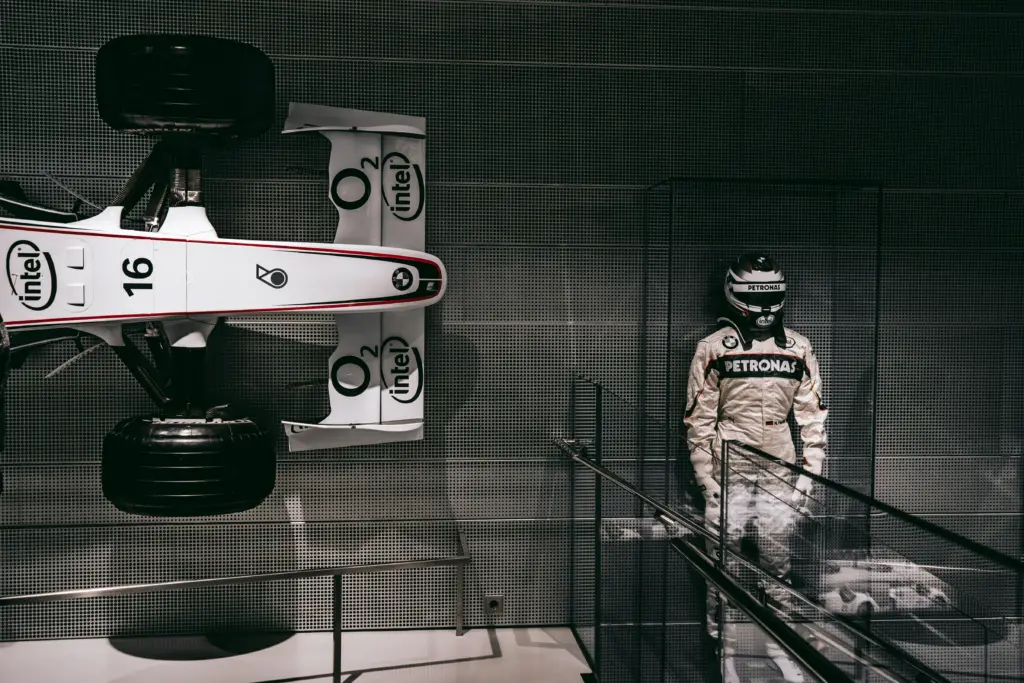Generated by Contentify AI

When it comes to auto glass replacement in Houston, many car owners find themselves faced with a dilemma: should they opt for original equipment manufacturer (OEM) glass or aftermarket glass? While both choices have their own pros and cons, today we will delve into the advantages and disadvantages of aftermarket auto glass.
One of the main advantages of aftermarket auto glass is its affordability. Unlike OEM glass, which tends to be more expensive due to brand recognition and exclusivity, aftermarket glass is often more budget-friendly. This can be particularly appealing for car owners who are looking to save some money on their glass replacement needs in Houston.
Another advantage of aftermarket auto glass is its availability. OEM glass can sometimes be harder to come by, especially for older or less popular car models. Aftermarket glass, on the other hand, is typically more widely available, making it easier to find and purchase for your specific vehicle.
That being said, there are a few drawbacks to consider when opting for aftermarket auto glass. Firstly, the quality may vary. While there are reputable aftermarket glass manufacturers, there are also some lower-quality options on the market. It’s important to do your research and choose a trusted brand or provider to ensure you get a reliable and durable product.
Secondly, aftermarket auto glass may not always fit as perfectly as OEM glass. Due to slight variations in manufacturing and design, the fit and finish of aftermarket glass may not be an exact match for your vehicle. While this may not always be noticeable, it could affect the overall aesthetics and potentially compromise the integrity of the windshield.
In conclusion, aftermarket auto glass provides a more budget-friendly and easily accessible option for car owners in Houston. However, it’s important to carefully consider the potential drawbacks, such as varying quality and potential fit issues. Ultimately, the decision between OEM and aftermarket glass will depend on your priorities, budget, and specific vehicle requirements.

